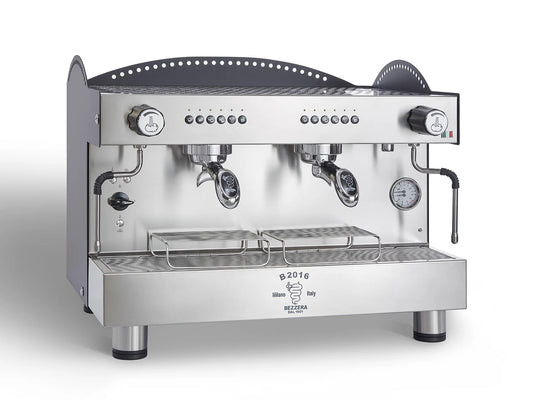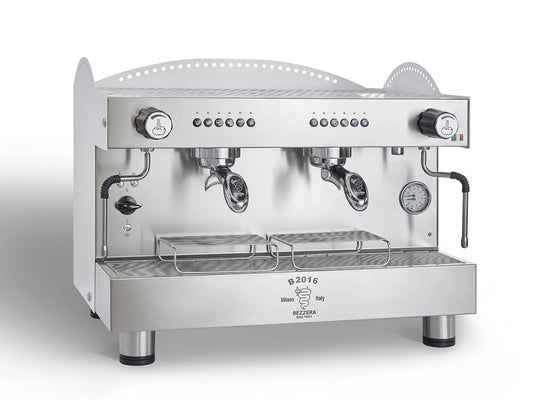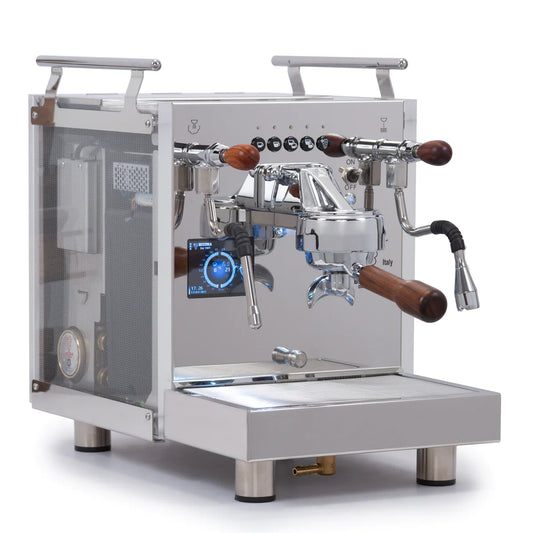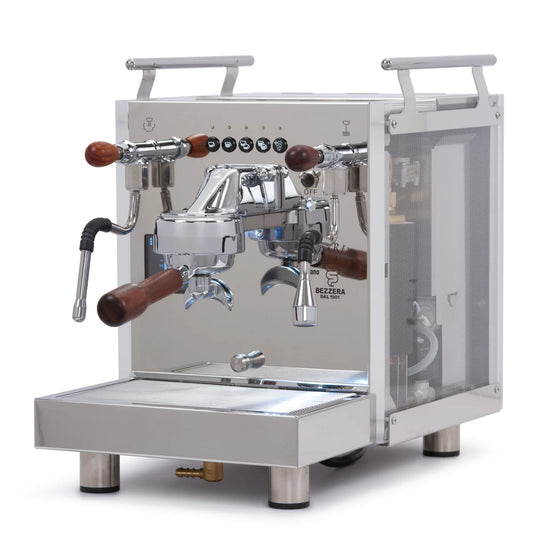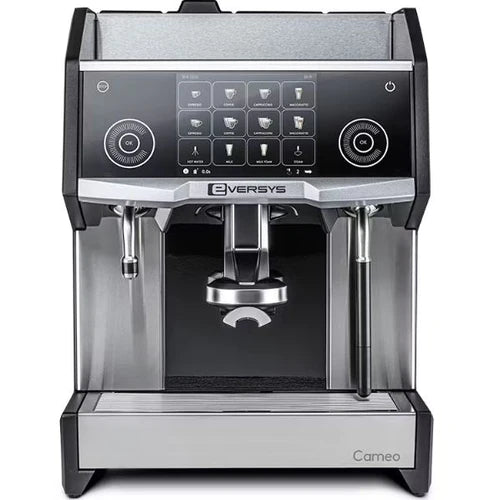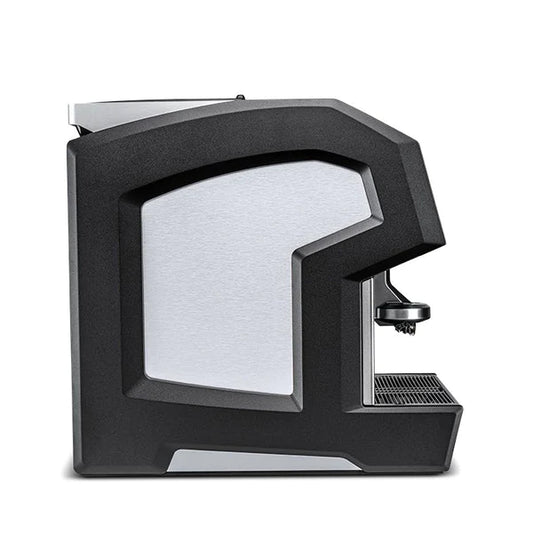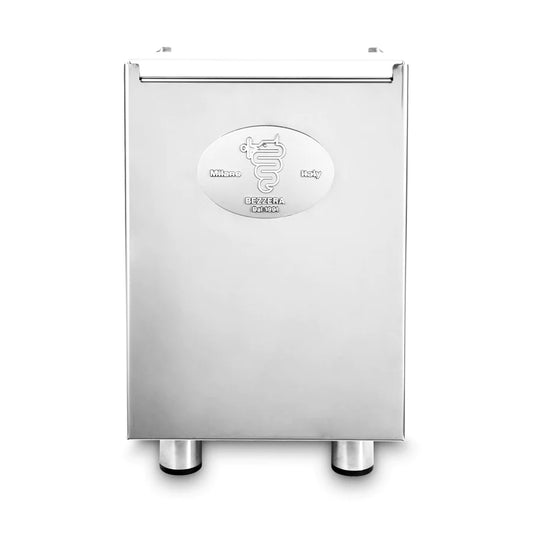Discover the Quiet Revolution in Coffee Making: Leading Bean-to-Cup Espresso Machines
Table of Contents
- Key Highlights:
- Introduction
- The Mechanics of Noise in Coffee Machines
- The Importance of Quiet Mark Certification
- Top Quiet Espresso Machines
- Exploring Hand-Crafted Alternatives
- Conclusion: Embracing Quiet Coffee Experiences
Key Highlights:
- Bean-to-cup espresso machines are notorious for noise, largely due to their grinders and pumps.
- Quiet Mark certification helps identify machines designed to minimize sound output.
- Top picks include the KitchenAid KF6, Jura J10, and Philips LatteGo 5500 Series, all featuring innovative designs focused on quieter performance.
Introduction
For coffee enthusiasts, the process of brewing the perfect cup of espresso has traditionally come with a significant drawback: noise. Especially in busy households, the clatter and clamor of grinders and pumps can disrupt the serene morning routine—or the peaceful evening brew. Fortunately, advancements in technology have led to the development of quieter bean-to-cup espresso machines. This article explores the remarkable features of some of the best quiet espresso machines available today, highlighting their innovative designs and sound-reduction technologies to ensure that you can enjoy your coffee without the accompanying racket.
The Mechanics of Noise in Coffee Machines
Understanding where noise comes from in bean-to-cup espresso machines is essential for appreciating what quiet models have to offer. The most prominent sources of sound are the grinder and the pump.
- Grinders: Coffee grinders are inherently loud due to the tough nature of roasted beans. Achieving the perfect grind for espresso often involves high-speed motors, which contribute significantly to noise levels. However, models with slower grinding mechanisms tend to operate more quietly.
- Pumps: The type of pump used also affects noise. Vibratory pumps, common in home machines, are typically noisier than rotary pumps, which are generally found in more expensive professional models.
Innovative design changes in quieter machines include the use of sound-dampening materials around these components, as well as modifications in the design of the grinder and pump to reduce operational noise.
The Importance of Quiet Mark Certification
All the espresso machines highlighted in this article carry the Quiet Mark certification. This accolade signifies that these machines have undergone independent testing and have been approved for their sound-minimizing capabilities. Choosing a Quiet Mark-certified machine ensures you are investing in a product designed to reduce noise pollution in your kitchen, creating a more pleasant coffee-making experience.
Top Quiet Espresso Machines
Here, we delve into three of the finest quiet bean-to-cup espresso machines currently available on the market:
1. KitchenAid KF6
The KitchenAid KF6 stands out as one of the quietest espresso machines available. During testing, noise levels recorded from the pump were at a mere 44 decibels, comparable to the gentle hum of a refrigerator. Meanwhile, the grinder peaked at 66 decibels, which, while louder, is still within a reasonable range for home use.
This machine not only excels at minimizing noise but also offers a high-quality brewing experience. The KF6’s brew menu includes essentials such as espresso, cappuccino, and latte macchiato. Users can customize their drink strength and temperature, allowing for a personalized espresso experience.
Additionally, its compact design—measuring 10.2 x 14.3 x 18.6 inches—makes it an excellent choice for kitchens with limited space. Although its steaming process briefly spikes in noise due to the steam wand reaching 75 decibels, the quality of the milk foam produced is well worth the momentary disturbance.
2. Jura J10
Another standout in the quest for a quiet cup of coffee is the Jura J10. With its airtight seal and innovative design, this machine minimizes noise during the grinding process and reduces pump noise while brewing. My testing indicated that the J10 not only excels at espresso extraction but also produces some of the best cold-brewed coffee flavors seen from a bean-to-cup model.
The J10 goes beyond simple brewing: it incorporates Jura’s SweetFoam system, allowing users to add flavors to their milk seamlessly. This feature enables you to create specialty drinks with ease, enhancing both the experience and complexity of flavors without the headache of loud machinery.
The Jura J10 is particularly suited for coffee connoisseurs eager to experiment with different flavors, as it also adapts grind size and brew settings to ensure optimal extraction.
3. Philips LatteGo 5500 Series
Designed specifically for individual use, the Philips LatteGo 5500 Series is compact and provides an efficient brewing solution without excess noise. Philips claims that its machines produce 40% less noise than previous iterations, allowing you to brew coffee quietly even in smaller spaces.
Featuring a straightforward LatteGo system, this machine makes clean-up a breeze. The carafe's simple design allows for easy measurement and disposing of leftover milk, which is ideal for a single coffee drinker. Its quiet operation doesn’t compromise on quality; each cup is crafted with precision, delivering flavors that are reminiscent of professionally brewed beverages.
The size of the water tank and bean hopper is ideally suited for solo users. You can enjoy cappuccinos without the need for excessive refilling, making it perfect for those who seek convenience along with comfort.
Exploring Hand-Crafted Alternatives
While automatic machines offer convenience, some coffee lovers may find solace in manual brewing methods. Hand-operated grinders and manual espresso machines can deliver a quieter experience without sacrificing flavor. For example, the Wacaco Nanopresso is compact and portable, allowing you to enjoy espresso using hot water and minimal effort—all while eliminating the noise of traditional pumps and grinder motors.
Manual Grinders
Investing in a manual grinder not only reduces noise but also often leads to better control over grind consistency—a critical factor in brewing high-quality espresso. As many prefer a hands-on approach to coffee making, a manual grinder allows for a deeper connection with the brewing process, enhancing not just the espresso, but the ritual itself.
Conclusion: Embracing Quiet Coffee Experiences
The world of coffee making is evolving with a significant focus on quieter, more efficient machines. With the introduction of models like the KitchenAid KF6, Jura J10, and Philips LatteGo 5500 Series, coffee lovers no longer have to sacrifice their tranquil morning environment for the sake of a good brew. By investing in a Quiet Mark-certified machine, you're not only enhancing your coffee routine but also contributing to a quieter and more enjoyable home atmosphere.
FAQ
What makes bean-to-cup machines loud?
The main noise comes from the grinder and pump. Grinders compress and grind beans, which can create a significant amount of sound. Pumps, especially vibratory ones, also contribute to the noise level during brewing.
Are all bean-to-cup machines noisy?
Not all are noisy; there are models specifically designed to minimize noise. Machines carrying the Quiet Mark certification are tested for their sound levels and are designed to operate more quietly.
Is it possible to brew espresso quietly at home?
Yes, by opting for a manual grinding method or a Quiet Mark-certified machine, you can significantly reduce the noise associated with espresso brewing.
Do quieter machines compromise on coffee quality?
No, many quieter machines excel in flavor extraction, thanks to advanced technology designed to improve performance while reducing noise. Quality espresso can still be achieved without excessive sound.
Which quiet espresso machine is best for personal use?
The Philips LatteGo 5500 Series is highly recommended for individuals due to its compact design, efficient brewing capabilities, and significantly reduced noise levels.
Can you brew espresso without electricity?
Yes, utilizing manual espresso makers and hand grinders allows you to create espresso without the use of electricity, maintaining quietness and enhancing the brewing experience.

